Many of us have dealt with bullying at some point in our lives. But for today’s kids, bullying is more common than ever because of rapidly evolving technologies and mobile devices and social media platforms. Bullying used to be played on the playground with swear words, shoveling in the hallway, or notes from the study room. Today it can travel to and from anywhere and is usually anonymous.
There has been an increase in the proportion of parents globally reporting children who have children or children who have been bullied in a community. Two-thirds of parents worldwide (33%) reported being aware of bullied children in the community, a percentage from 26%. Among the countries surveyed, South Africa has the highest prevalence among communities experiencing cyberbullying, an increase of 24%. Parents in Japan (5%) and Russia (8%) have the lowest likelihood of reporting a cyberbullyed child in the community. In Malaysia, nearly half (47%) of Malaysian parents recognize a child in the community who has experienced cyberbullying.
WHAT IS CYBERBULLYING?
The term “cyberbullying” includes a series of aggressive acts committed through modern technology. The purpose of cyberbullying is to harass, degrade, intimidate or taunt others to hurt or embarrass them. The most common forms of cyberbullying are offending others’ names or spreading false or harmful rumors.
Where does cyberbullying occur?
Cyberbullying can occur in many places, all of which are related to the Internet. Facebook, Instagram, and Twitter may be the main social networks used to stay in touch with friends, but it is worrying that they are also the main sites used for cyberbullying and phishing. These social media platforms are the most common places where bullying occurs. Victims may also receive nasty emails, threatening text messages, rude or brutal instant messages, and even entire websites dedicated to taking them down.
How does cyberbullying happen?
Cyberbullying is usually not as physical threat as face-to-face bullying. However, the psychological impact of online bullying can be even worse. Cyberbullying is nerve-wracking because the bullied person never knows when and where another attack will occur. They usually have little protection because the bully can hide the victim’s pseudonym or personal information and abuse the victim anonymously. The result is often severe self-esteem and trust issues, greater risk of depression and suicide.
Where does cyberbullying occur?
Cyberbullying can occur in many places, all of which are related to the Internet. Facebook, Instagram, and Twitter may be the main social networks used to stay in touch with friends, but it is worrying that they are also the main sites used for cyberbullying and phishing. These social media platforms are the most common places where bullying occurs. Victims may also receive nasty emails, threatening text messages, rude or brutal instant messages, and even entire websites dedicated to taking them down
How does cyberbullying negatively affect students?
Cyberbullying results in lower academic performance, increased dropouts, physical violence and suicide. Suicide is the most serious consequence of cyberbullying, but when a person is a victim of cyberbullying, it can cause many other symptoms. Victims are at greater risk of depression.
They are also more likely to abuse alcohol and other drugs. Therefore, it is vital that college students understand that they do not have to deal with cyberbullying alone, and that so many people on campus can help them by reaching out.
Why does cyberbullying happen today?
As with most bullies, there are issues of low self-esteem and insecurity at play. Cyberbullying is a bit different because the perpetrator doesn’t have to physically confront their victim. They can hide behind an anonymous username and bully someone who might never know the source of their torment. This anonymity can embolden those who would never dream of bullying someone in real life, and, given this power, can create more future targets.
Are there certain populations who are more at-risk for experiencing cyberbullying?
Certain populations are more likely to be targets of such behavior, including young LGBT people especially between the ages of 14 and 16, special needs students and those who live in persistent poverty.
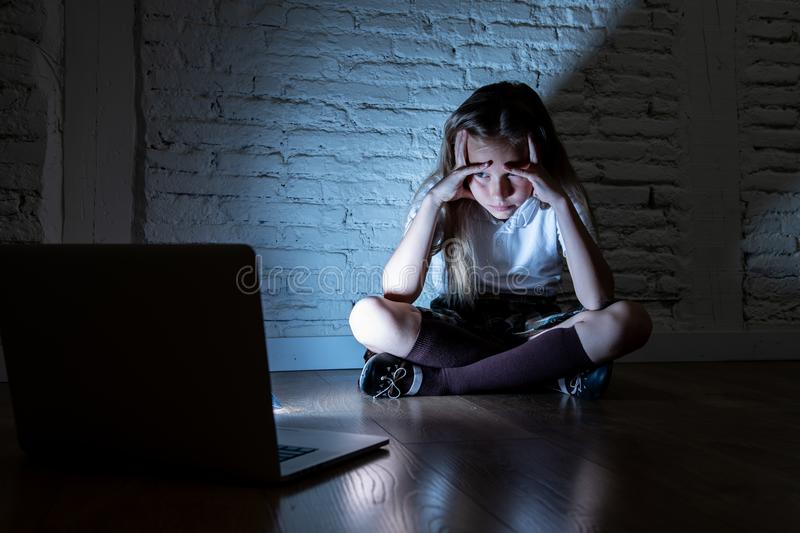

Today’s culture has always played a huge role in the lives of young people, but even more so in an age when we are obsessed with technology. Watch movies on theaters, TVs, laptops, tablets, smartphones and many other devices. When parents want to start a discussion with their children about bullying or more specifically cyberbullying, it’s best to find a platform related to teens. What could be better than what they already like: movies? These movies will teach kids everything about cyberbullying, its possible effects and how to deal with it.
#1 Cyberbully from US (2011 film).
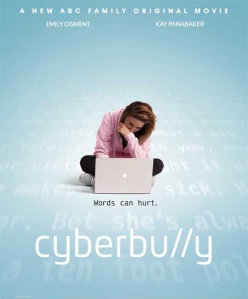
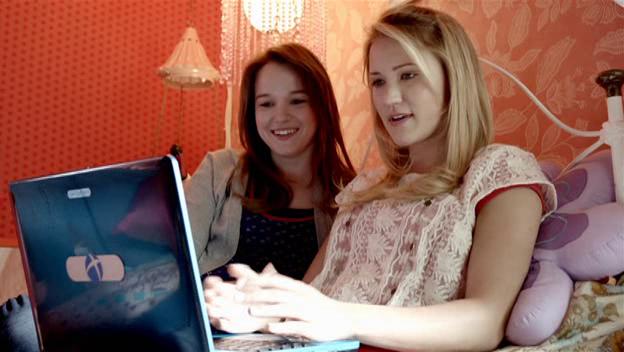
This is a true story about the a girl called Taylor Hillridge is an average teen girl. Doing her nails and of course, going after boys. Her mother Susan Hillridge has always been very protective of her and one day decides to let her daughter go on a social networking site made by the high school. Taylor soon becomes entangled with strangers she doesn’t even know and tells her personal information. The next day her brother hacked into the account and published a very troublesome piece of information, which in result made everyone hate Taylor. Soon her friends isolated her and Taylor couldn’t take any more of the bullying. She posted a suicide video on the high school website and a minute later her friend viewed it. Her best friend runs to Taylor’s house, just in time to slap the pills away from entering her mouth and calls an ambulance and her mother. In the actual event, Taylor did commit suicide, which was why this movie was made.
#2 Wonder from US (2017 film).


“Wonder” Isn’t Based On A True Story, But The New Dramedy Will Still Break Your Heart. Little Auggie Pullman is about to embark on his very first day of school with kids his age. It’s a scary enough moment for anyone, let alone a kid with some facial deformities who haven’t really been in a mainstream school setting before. If this scenario sounds realistic, it’s because it’s a reality for many kids across the globe.

Auggie has a facial disorder and looks a lot different from other kids. There are many people at his new school who judge him because of his face. Some kids are mean, and some are nice. Some of the people who are nice to him only talked to him because they felt bad at first, but throughout the story, they realized that Auggie is actually a pretty cool kid, and he is really nice.
#3 Grace from Thailand (2016 film).
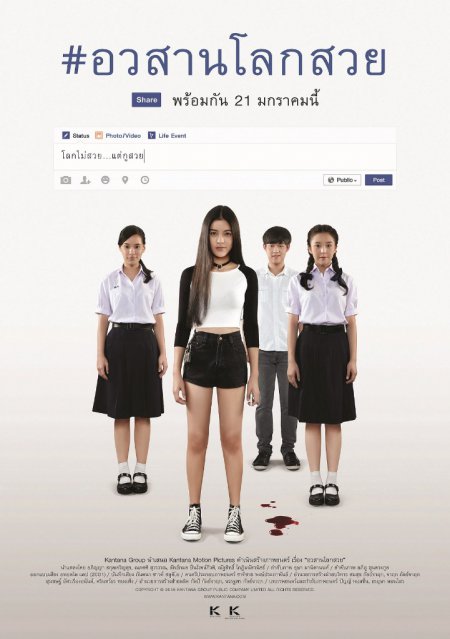
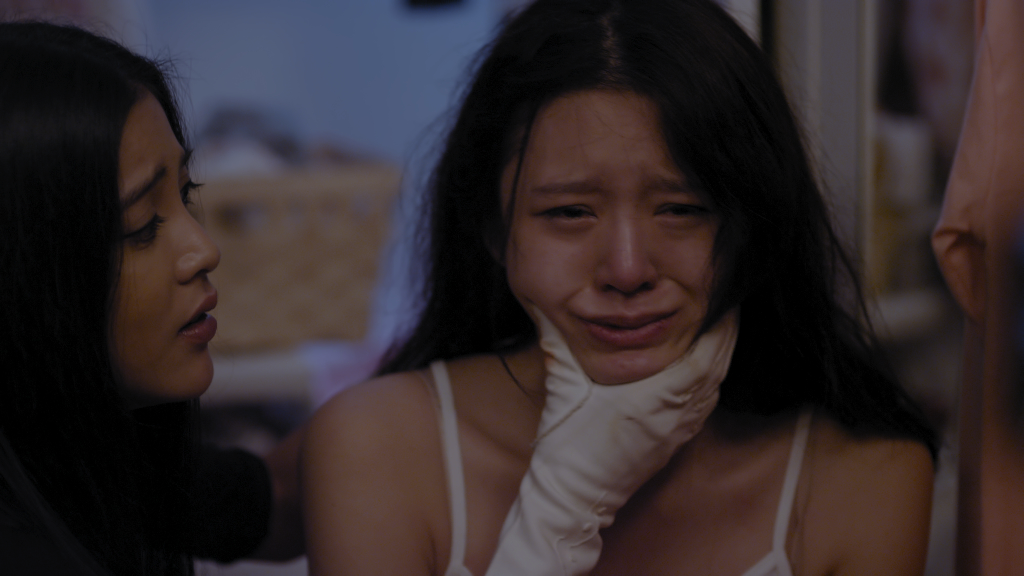
“Grace” is a Thai thriller about a former Internet idol and her number one fan, and their attempt to kidnap the Internet idols of this generation. Grace, a mysterious young woman who has a bad past with being an internet idol collaborating with Jack. A psychotic boy who is a big fan of Care and Ple.

Two high school girls who are happy to spend time helping each other create a Facebook fan page to post photos and video clips calling likes, without knowing that among many fans care about being arrested. According to Grace and Jack, both rely on personal information that Kare likes to share via internet posts all the time in order to plan to capture Care and Ple in detention. Before Grace creates a situation for both of them to face a terrible truth, like she had before, and expects it to destroy their beautiful world.
#4 Liverleaf from Japan (2018 film).
Eisuke Naito takes the concept of “bullying the bully” to its most extreme, as eventually, vengeful violence takes over the narrative in the most shocking fashion, while the teen drama elements seem to move the narrative even further to this particular direction.
“Liverleaf” is a Japanese teen drama about bullying, based on the manga series “Misumisou” by Rensuke Oshikiri. A newly admitted transfer student, Haruka, gets bullied at her new school. Her only friend is another transfer student, Mitsuru. One day they meet up to go and take photos of the snow-covered village. On their way back, Haruka discovers that her house is on fire, with tragic consequences for her whole family. In the aftermath, she decides to exact revenge in the most violent way.
Through this extremity, Naito also seems to put the blame on the lack of guidance these youths experience, both from their parents and their teachers, both of which shine through their absence. Hidetoshi Shinomiya’s cinematography is one of the biggest traits of the film, with the scenes in the snow being the ones that stand out, being both meaningful and quite artful.
#5 The Cyberbully from US (2015 film).

Casey trapped in her own room being blackmailed by the mysterious hacker who is using her computer to affect her life and her friendships. When the tables get turned on Casey showing her to in fact be the cyberbully we find out the hacker’s true motives. Casey has to learn to face the consequences of her action while trying to figure out who the hacker is.

Cyberbully starts by showing Casey (Williams) getting ready for a night out but someone is messing with her music. After getting hearing a tweet about her Casey’s good mood crashes, with her friend off out she wants to get even with the person responsible and her friend Alex (Davies) agrees to help. After she gets her revenge Casey finds out she isn’t talking to who she thought was, in fact, she is dealing with a hacker who has full access to her computer watching over her every move.

Cyberbully tells the very true life fact that people out there will react negatively to the material on the internet, while we see how some comments are just on the mean side we also see how some are planned to attack the person. We see the consequences of such a small comment could have because it will lead to much more serious comments that will change people. The story shows how easy it is to get affected on the internet and how easy it is to become the victim. The film tells us how vile people can be showing a very true warning, my only concern is that this is a warning that young people should be seeing and the program is focused to be on later because once you are old enough to realize that people can just be deleted, blocked and not everyone’s opinion matters you can ignore these people.
#6 Han Gong-ju from Korea (2013 film).


The films are based on a truly horrid actual event, where 41 high school students repeatedly raped five girls over the course of 11 months. The script stays quite close to the actual facts, focusing, though, on the titular girl. Initially, we watch Gong-Ju after the arrest of the perpetrators, having transferred to another school and living with the family of an ex-professor of hers along with his mother, an owner of a convenience store. Her parents have abandoned her, with her mother in a new romantic relationship and her alcoholic father still living in the village where she was born.
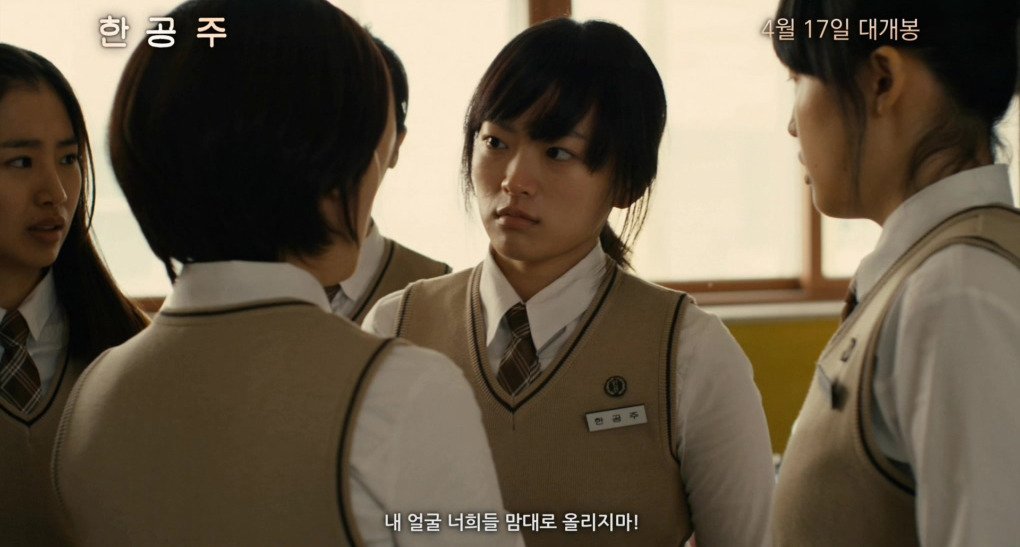
The girl tries to keep a low profile and even manages to make her host like her, despite her initial objections about her living there. In her free time, Gong-Ju learns how to swim in the local pool, where she eventually meets another girl, Eun-hee, who actually imposes her friendship onto her, making her open up a little. Even this lesser happiness, though, does not last for long.
** In the conclusion, as with all acts of aggression, cyberbullying is a systemic problem and cannot be changed by an action or by an individual. That’s why we all need, whether adults or children, to take responsibility and build a friendly world without bullying.
Thank you guys for spending time reading my blogs. Please like, comment and share. See you on my next blog! ~
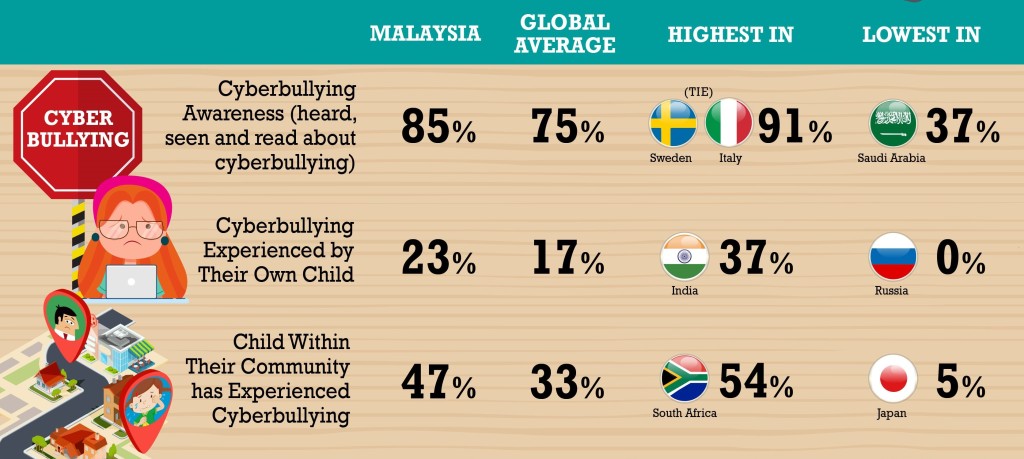
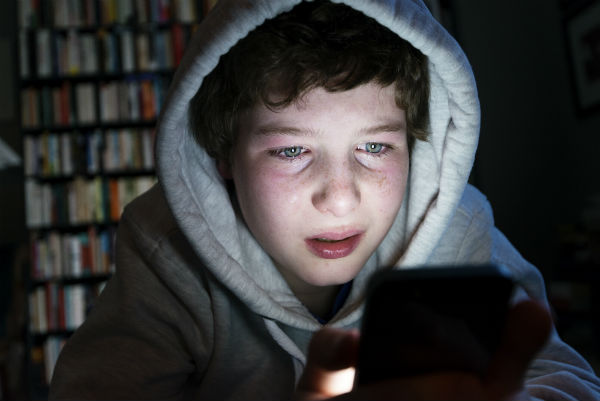



Informative blog, thanks for sharing.
LikeLiked by 1 person
Great effort!
LikeLiked by 1 person
Good information!
LikeLiked by 1 person
good blog
LikeLiked by 1 person
Thank you for letting me know such great information
LikeLiked by 1 person
Good job
LikeLiked by 1 person
nice blog!
LikeLiked by 1 person
nice
LikeLiked by 1 person
I will recommend to my friends
LikeLiked by 1 person
Great!
LikeLiked by 1 person
Great information!!!
LikeLiked by 1 person
It’s useful information and it could decrease the percentage of bully case in our society. Thanks a lot of blogger. It would create the awareness towards public❤️
LikeLiked by 1 person
Great information!!!
LikeLiked by 1 person
Nice.
LikeLiked by 1 person
Splendid! This is a great article!
LikeLiked by 1 person
Awesome article for raising awareness!
LikeLiked by 1 person